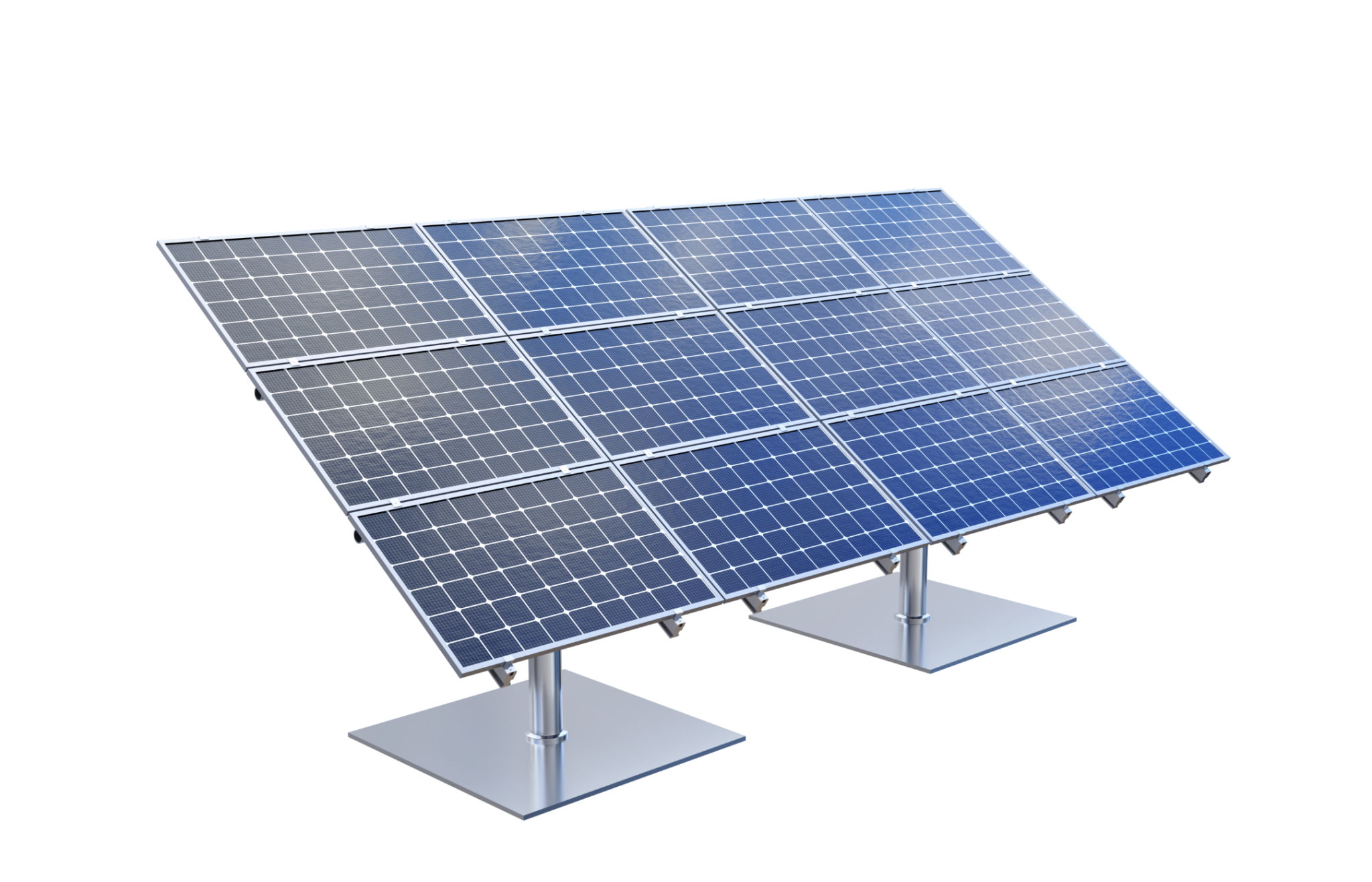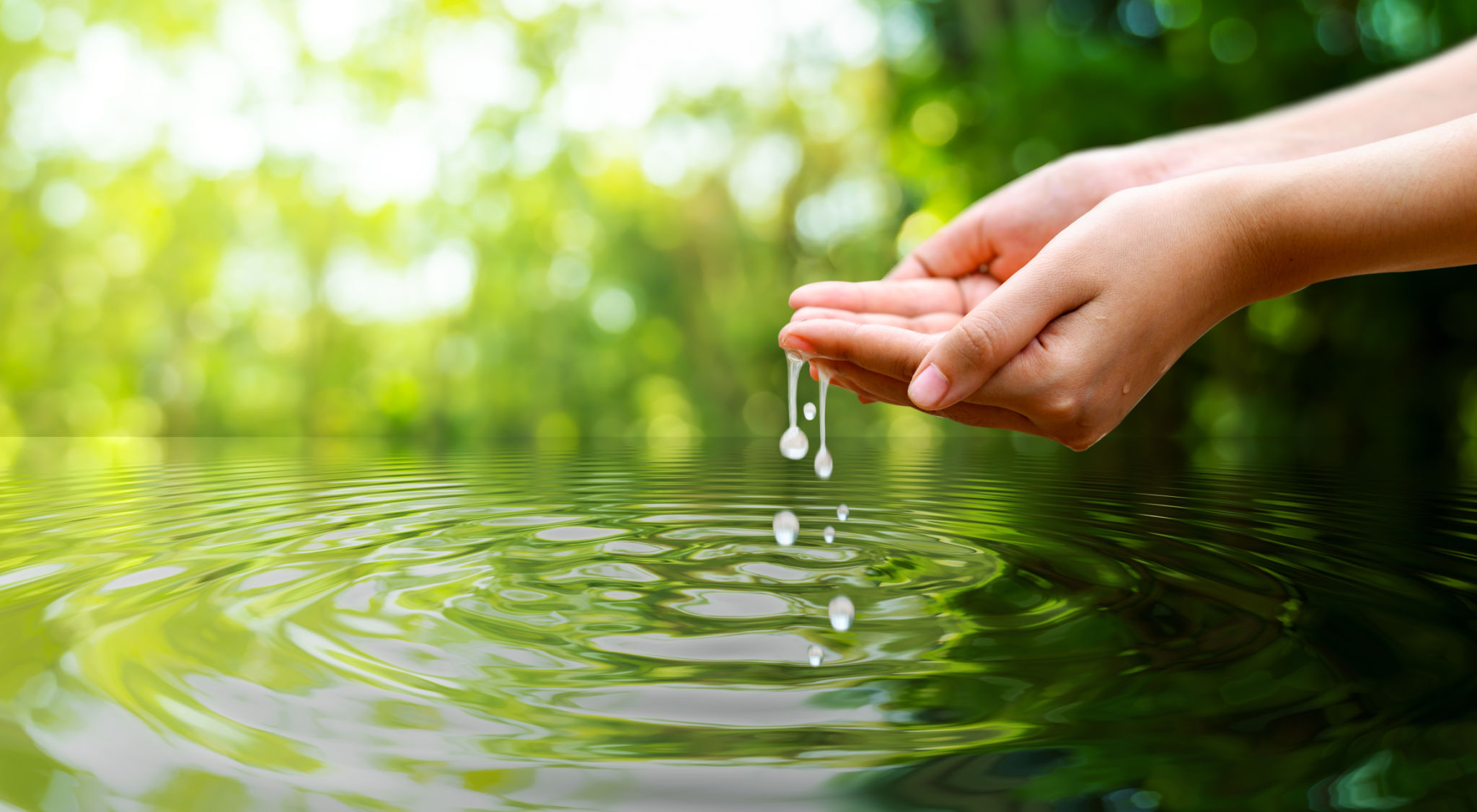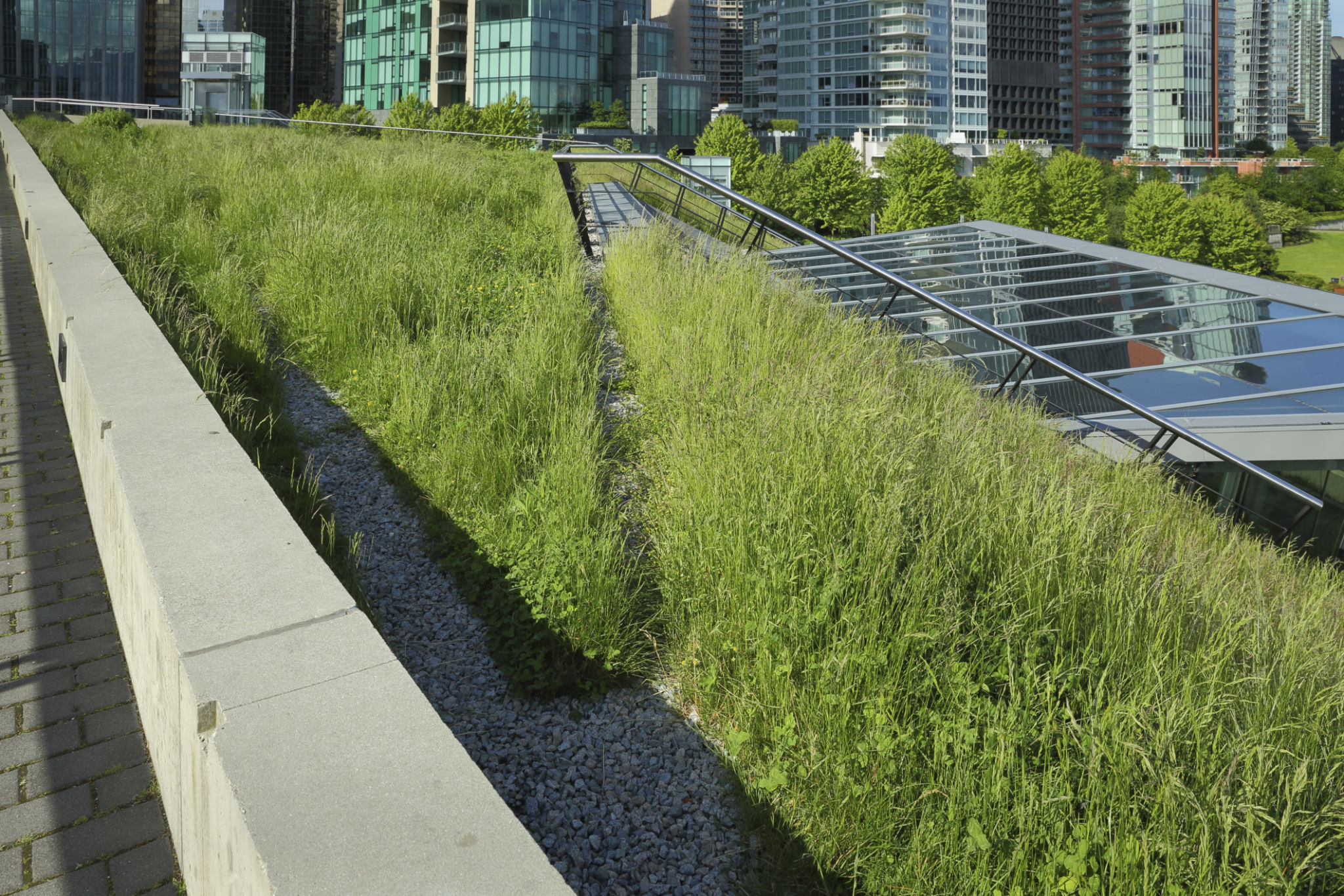Exploring Popular Eco-Friendly Building Practices for Your Home
Understanding Eco-Friendly Building Practices
In recent years, eco-friendly building practices have gained significant momentum as more homeowners seek sustainable solutions that minimize their environmental impact. These practices not only contribute to environmental preservation but also often lead to long-term cost savings and healthier living environments. Whether you're building a new home or renovating an existing one, understanding these practices can guide you toward a more sustainable future.

Using Sustainable Materials
One of the primary considerations in eco-friendly building is the use of sustainable materials. These materials are sourced in a way that reduces environmental harm, often featuring renewable resources or recycled content. For example, bamboo is a popular choice due to its rapid growth and renewability. Recycled steel and reclaimed wood are also excellent options, providing durability and character while minimizing waste.
When selecting materials, it's essential to consider the entire lifecycle of the product. Look for materials that are not only eco-friendly in their production but also in their longevity and disposal. This comprehensive approach ensures that your home remains sustainable from start to finish.
Energy Efficiency Measures
Improving energy efficiency is a cornerstone of eco-friendly building practices. By reducing energy consumption, you can significantly decrease your home's carbon footprint. This can be achieved through various strategies, such as enhanced insulation, energy-efficient windows, and the incorporation of smart home technologies.
- Insulation: Proper insulation reduces the need for heating and cooling, leading to lower energy use.
- Windows: Energy-efficient windows prevent heat loss, maintaining a comfortable temperature year-round.
- Smart Technologies: Automated systems for lighting and climate control optimize energy usage.

Incorporating Renewable Energy
Renewable energy sources, such as solar and wind power, offer a clean alternative to traditional energy. By installing solar panels or small wind turbines, homeowners can generate their own electricity, reducing reliance on fossil fuels. These systems have become increasingly affordable and efficient, making them accessible to more households.
Additionally, some homes integrate geothermal heating and cooling systems, which use the earth's stable temperature to regulate indoor climates efficiently. These systems require an upfront investment but offer substantial savings over time while significantly reducing environmental impact.
Water Conservation Techniques
Water conservation is another critical aspect of eco-friendly building. Implementing systems that reduce water usage not only supports environmental efforts but also cuts down on utility bills. Techniques such as rainwater harvesting and greywater recycling can be effective in conserving water.
- Rainwater Harvesting: Collects rainwater for irrigation and non-potable uses.
- Greywater Recycling: Reuses water from sinks and showers for landscape irrigation.
- Low-Flow Fixtures: Install fixtures that reduce water usage without compromising performance.

Designing for Passive Solar Gain
The orientation and design of a home can significantly impact its energy efficiency. Passive solar design takes advantage of natural sunlight to heat and light a home, reducing the need for artificial heating and lighting. By strategically placing windows and selecting building materials with thermal mass properties, homeowners can optimize the benefits of the sun's energy.
This approach not only enhances energy efficiency but also creates a comfortable indoor environment that harnesses the natural beauty of sunlight. It's a thoughtful design strategy that aligns with eco-friendly building principles.
The Benefits of Green Roofs
Green roofs are becoming increasingly popular in eco-friendly home design. These roofs are covered with vegetation, providing insulation, reducing stormwater runoff, and improving air quality. They create habitats for wildlife and aesthetically enhance urban environments.
While green roofs require careful planning and maintenance, they offer numerous environmental benefits and can be a worthwhile investment for those committed to sustainable living. As climate concerns grow, these innovative solutions are paving the way for greener cities and communities.

